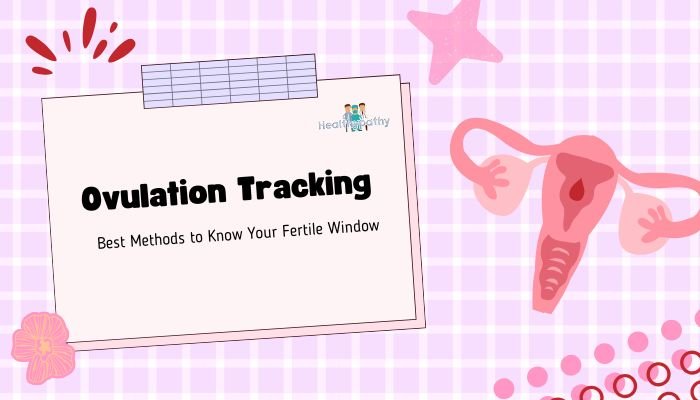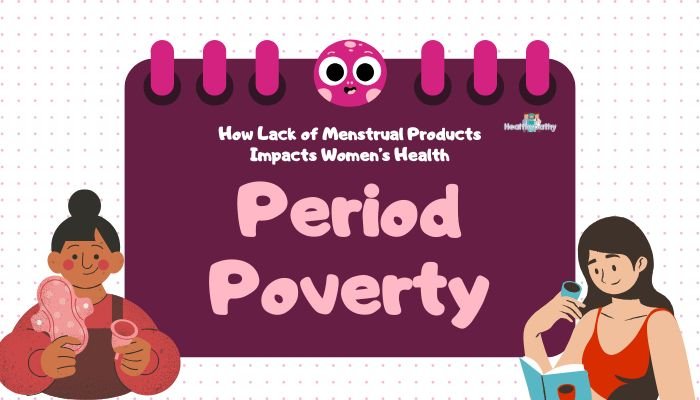Introduction
Whether you’re trying to conceive or simply aiming to better understand your menstrual cycle, knowing your fertile window is pivotal. Ovulation—when the ovary releases an egg—usually occurs about midway through a cycle, but can vary from woman to woman (and sometimes from cycle to cycle).
Tracking ovulation helps you time intercourse for pregnancy or simply become more in tune with your body’s rhythms. This guide explores different methods, from tech solutions to traditional self-awareness approaches, so you can choose the best fit for your lifestyle.
Why Ovulation Matters
Ovulation typically happens once per cycle (barring medical conditions or irregularities). The fertilized egg must encounter sperm within roughly 12–24 hours of its release for conception to occur. Because sperm can survive in the reproductive tract for up to five days, you have a few “fertile” days leading up to and including ovulation. Identifying that 3–5-day window significantly improves the odds of successful pregnancy if that’s your goal. For those practicing fertility awareness methods to avoid pregnancy, accurately identifying ovulation is equally crucial.
Ovulation Tracking Methods
Basal Body Temperature (BBT) Monitoring
How it works: Each morning, take your temperature—using a BBT thermometer (more sensitive than standard)—before getting out of bed. Chart these readings.
- Post-Ovulation Rise: After ovulation, progesterone increases, causing a slight temperature bump (about 0.4–0.8°F). This confirms ovulation has already occurred.
- Limitations: BBT only reveals ovulation retrospectively. Conditions like poor sleep or illness can affect accuracy. Still, charting trends over multiple cycles clarifies your typical ovulation timing.
Cervical Mucus Observation
How it works: Throughout your cycle, cervical mucus (discharge) changes in texture and appearance in response to hormones:
- Dry or Sticky: Early in the cycle, mucus is scanty or tacky.
- Creamy or Milky: Approaching ovulation, more mucus appears, typically white or cloudy.
- Egg-White Consistency: At or near peak fertility, mucus becomes clear, stretchy, and slippery—a prime environment for sperm survival.
- Post-Ovulation: Mucus thickens or reduces, losing its stretch.
Tracking these transitions helps you anticipate ovulation days in advance, making this a valuable method for couples trying to conceive or employing fertility awareness for birth control.
Ovulation Predictor Kits (OPKs)
How it works: OPKs detect the luteinizing hormone (LH) surge in urine, which typically occurs 24–36 hours before ovulation.
- Ease of Use: Simply follow instructions to dip a test strip in urine or hold it under a stream. A positive result indicates a likely LH surge—meaning ovulation should occur soon.
- Ideal for: Women wanting an objective measurement, or those with fairly regular cycles.
- Considerations: OPKs can be less reliable if you have conditions like polycystic ovary syndrome (PCOS) that might cause elevated LH levels outside normal surges.
Fertility Tracking Apps and Devices
Numerous fertility apps and wearable devices interpret daily input—like temperature, cervical mucus observations, and cycle data—to predict your ovulation window. Some rely on advanced algorithms incorporating historical cycle info and BBT readings.
- Smart Thermometers/Devices: Some connect to phone apps for real-time fertility predictions.
- Convenience: Great for data enthusiasts, but remain aware that all apps rely on consistent, accurate user data.
Ultrasound Monitoring (Medical Setting)
For women with irregular cycles or who struggle with other methods, doctors might track follicle development via transvaginal ultrasound. This is typically used in fertility treatment contexts (e.g., IVF or ovulation induction with medications), offering direct insight into follicle growth and pinpointing ovulation more precisely.
Tips for Accuracy and Success
- Consistency Is Key: For BBT tracking, measure at the same time each morning—before any activity that might raise body temperature.
- Combine Methods: Some women pair BBT with cervical mucus checks or OPKs to confirm ovulation from multiple angles.
- Stay Attuned to Cycle Changes: Stress, travel, or shift work can throw your cycle off, so adapt your method or note irregularities.
- Be Patient: Your body’s patterns might not be crystal-clear for the first cycle. Observing trends over 2–3 months usually yields more reliable insights.
When to Seek Medical Advice
If your cycle remains unpredictable or you’ve been trying to conceive for:
- 12+ months (if under age 35), or
- 6+ months (if over age 35),
consider consulting a healthcare provider or fertility specialist. They can evaluate underlying conditions—like thyroid issues, PCOS, or endometriosis—that might prevent regular ovulation.
Common Myths About Ovulation Tracking
- Myth: “A 28-day cycle means ovulation always on Day 14.”
Reality: Ovulation day can shift. Many 28-day cycles feature ovulation anywhere between day 12–16 or beyond. - Myth: “Cervical mucus changes aren’t reliable.”
Reality: While it can be subjective, practicing consistent observation helps you differentiate patterns. - Myth: “OPKs are 100% foolproof.”
Reality: Hormonal fluctuations or conditions like PCOS can cause false positives.
Conclusion
From basic body temperature measurements to high-tech fertility trackers, multiple tools help identify the most fertile part of your cycle. By consistently monitoring BBT, cervical mucus, or employing OPKs, you can better time intercourse to optimize your chances of conception or maintain awareness for natural family planning. If uncertain about your results or struggling with fertility, consult a healthcare provider for tailored advice. Whichever method you choose, paying close attention to your body’s signals is a powerful step in understanding and managing your reproductive health.
References
- American College of Obstetricians and Gynecologists (ACOG). Fertility awareness-based methods of family planning. 2021.
- National Institute of Child Health and Human Development. Understanding the menstrual cycle for fertility tracking. 2019.
- World Health Organization (WHO). Family planning guidance. 2021.
- Arévalo M, Jennings V, Sinai I. Efficacy of a new method of family planning: the Standard Days Method. Contraception. 2002;65(5):333–338.






